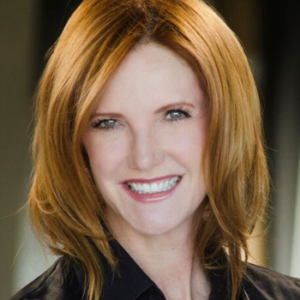Consider what Bain & Company’s research on decision effectiveness revealed: “Our 10-year research program involving more than 1,000 companies shows a clear correlation (at a minimum 95% confidence level) between decision effectiveness and business performance.”1
If you think about it, Bain’s findings are not surprising at all. Good decisions are the lifeblood of every successful company.
It’s About Decision Quality and SpeedBut what constitutes “decision effectiveness?”
In today’s internet-connected, “right-sized, down-sized” business world, decision quality alone is no longer enough to gain and keep a competitive edge. Good decisions also need to be made quickly.
When busy, distracted decision-makers and team members meet to make decisions, they need all the help they can get to do their jobs effectively.
Too often, the structure and flow of information presented in meetings add complexity and slow down the decision-making process.
The result:
- Delayed investments
- Strategic “wheel spinning”
- Poor team execution
How can you begin addressing this challenge?
Better Decisions Faster: 3 Keys to Success To help people make better decisions faster, you have to improve the way information is presented and processed in the meetings where key decisions are made.
How can you accelerate decision speed and quality on your team? Here are three proven ideas:
(1) Equip your team to think before they speak.
47% of employees feel that meetings are their number one time waster at work.2 Given the weak skills and tools available to those who present information in meetings, this isn’t a surprise.
The key to overcoming this problem is equipping team members to think before they speak. In other words, give them tools to ensure they don’t just present their recommendations to decision-makers, but that they also engineer their presentations for maximum impact.
Many companies use a tool like the Mandel BLUEPRINT® to make this happen.
(2) Start with the situation, not the solution options.
All too often, people who present information to decision-makers assume that everyone in the room is in agreement about the scope and nature of the problem at hand.
Presenters dive straight into solution options, only to find out later that the decision-makers in the room didn’t share a common frame of reference about the problem, or even understand it.
That’s why it’s so important to begin presentations by establishing consensus on the current situation, to explore its complications and implications, and only then to evaluate the possible solutions.
Many organizations employ Mandel’s SCI-PAB® presentation design approach in order to transform their meeting cultures.
(3) Focus your meetings on decisions, not just discussions.
It’s common for meeting agendas to feature a list of topics. This results in unfocused discussions and slow, sub-optimal decision making. Want a better approach?
Instead of crafting an agenda made up of discussion topics, clarify from the start the actionable decisions that must be made, even if they’re relatively small or incremental.
This will keep your meetings from wandering off into tangential (albeit interesting) discussions, and focus the attention of decision-makers where it really belongs: on making the best business decisions as quickly as possible.
Learn More TodayMandel Communications is a leader in helping organizations improve the quality and speed of decision-making by presenting information more effectively. Want to learn more?
Download the whitepaper Return on Meeting Time: Is Your Company’s Too Low?
Sources:
1Bain & Company: The 5 Steps to Better Decisions
2Atlassian







